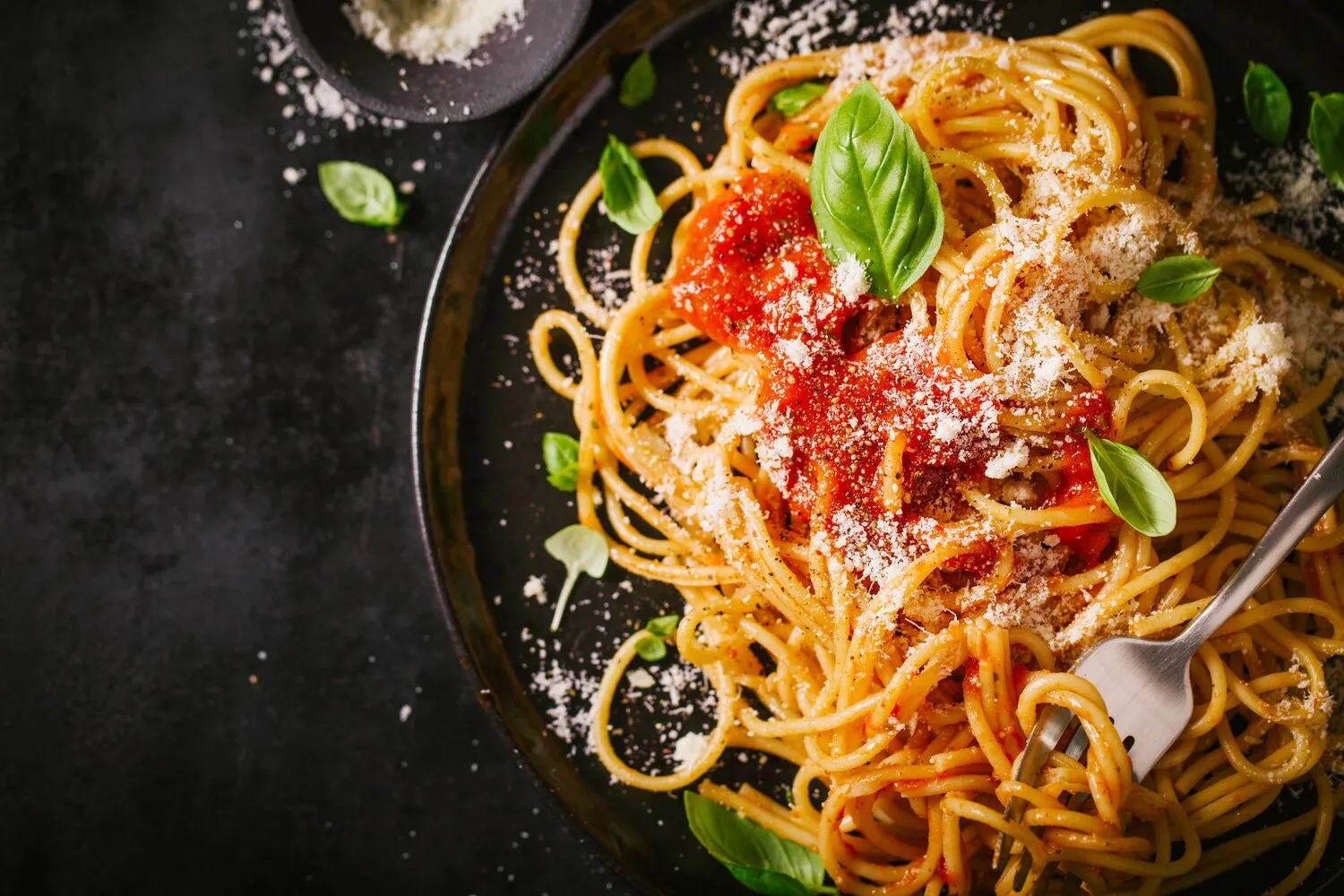
Pasta
Rustica Trattoria Pizzeria offers a variety of pasta dishes.
Nutrition Facts
* The % Daily Value (DV) tells you how much a nutrient in a serving of food contributes to a daily diet. 2,000 calories a day is used for general nutrition advice.
Pasta's history is long and complex, with evidence suggesting its existence in various forms dating back to ancient civilizations. However, the pasta we know today largely evolved in Italy, with significant developments occurring in the Middle Ages, particularly in Sicily and mainland Italy. Arab influence and the availability of durum wheat played crucial roles in its development.
Pasta is deeply woven into Italian culture, representing family, tradition, and regional identity. It's more than just a food; it's a symbol of togetherness and culinary artistry.
Family Meals
Pasta dishes are often central to family meals, especially on Sundays or special occasions. The preparation and sharing of pasta are important social rituals.
Regional Variations
Each region of Italy boasts its own unique pasta shapes and sauce combinations, reflecting local ingredients and culinary traditions. This regional diversity is a source of pride and culinary exploration.
Symbol of Simplicity
Despite its versatility, pasta can be a simple and affordable meal, representing resourcefulness and the ability to create something delicious from basic ingredients.
Pasta's flavor profile is incredibly diverse, highly dependent on the shape of the pasta and the accompanying sauce. It can range from simple and rustic to rich and complex, offering a wide spectrum of tastes and textures.
The taste of pasta itself is relatively neutral, providing a blank canvas for the sauce. Common flavors include tomato-based sauces (sweet, acidic, savory), cream-based sauces (rich, creamy, often cheesy), oil-based sauces (garlicky, herby, peppery), and pesto (basil, pine nuts, garlic, cheese). Ingredients like meats, vegetables, seafood, and cheeses add layers of complexity, offering umami, sweetness, bitterness, and acidity depending on the combination.
Cook Pasta 'Al Dente'
Always cook pasta 'al dente,' meaning 'to the tooth.' It should be firm and slightly resistant when bitten into, not mushy or overcooked.
Use Pasta Water
Reserve some of the starchy pasta water before draining. Adding a little pasta water to the sauce helps it cling to the pasta and creates a creamier emulsion.
Salt the Water Generously
Salt the pasta water generously – it should taste like the sea. This seasons the pasta from the inside out.
Explore additional Italian dishes and restaurants
Explore ItalianDiscover top dining spots and culinary experiences in Wels.
Explore WelsLearn more about the food culture, restaurant scene, and culinary heritage of Austria.
Explore Austria
